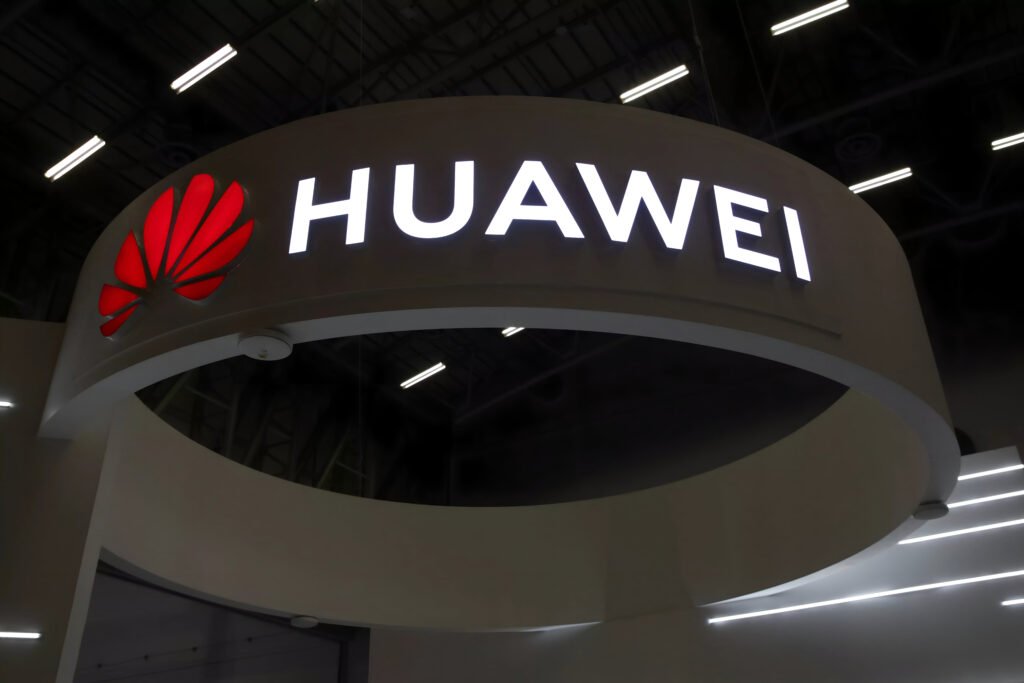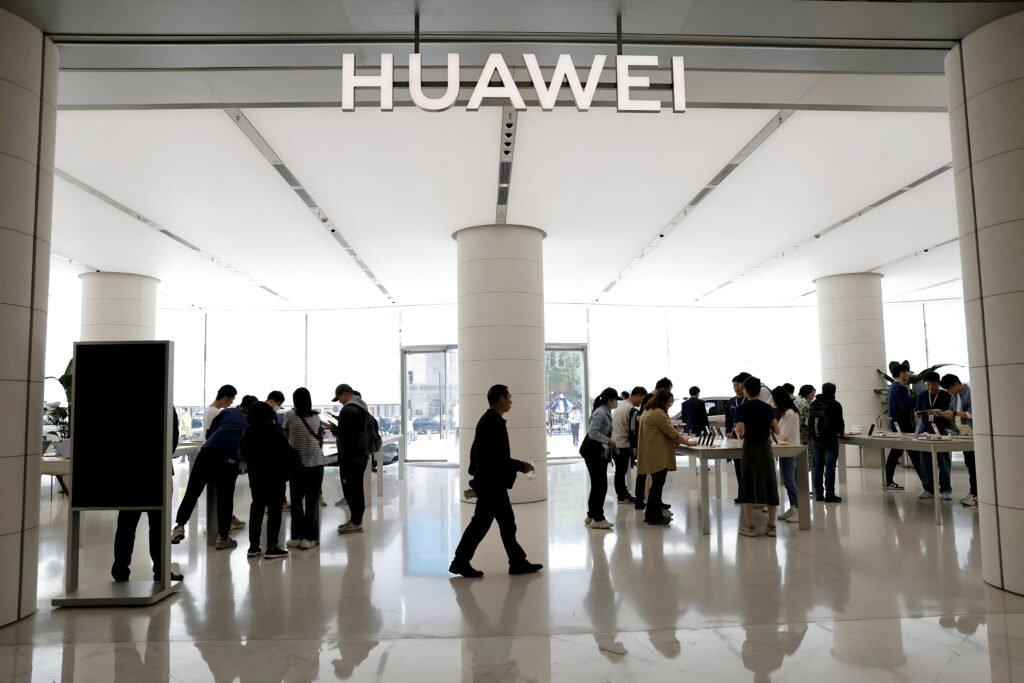
Forget smartphone wars—the real tech battleground in 2025 is going to be that of AI chips. Chinese tech giant Huawei has reportedly cooked up a new artificial intelligence processor that’s gunning for Nvidia’s crown jewels, and it could be out in the market as soon as next month.
This bold move shows that Beijing isn’t going to be backing down from the AI race, despite Washington’s best efforts to keep advanced tech out of Chinese hands.
The Secret Project From Huawei Finally Breaks Cover
After endless speculation, the rumors appear to be true—Huawei’s been secretly developing its Ascend 910D chip, which is going to be a game changer. The Wall Street Journal broke the story last week, reporting that this next-gen processor is specifically designed to handle the massive calculations needed for training large language models.
What’s got the tech world buzzing? Sources claim this chip might actually go toe-to-toe with Nvidia’s H100 GPU in certain tasks. Yeah, THAT Nvidia chip—the one powering practically every major AI system from ChatGPT to Midjourney.
The timing couldn’t be more significant. Ever since the US government clamped down on chip exports to China, experts wondered how Chinese companies would respond. Well, now we know—they went and built their own.
Taking a Swing at Nvidia’s Monopoly
Nvidia’s stranglehold on AI infrastructure has been something to behold. Their specialized GPUs are basically the picks and shovels of the AI gold rush, and they’ve been charging accordingly. Their stock price tells the story—briefly hitting that rarified $2 trillion market cap earlier this year.
But Huawei apparently thinks there’s room for another player. Their 910D chip reportedly uses a 7-nanometer manufacturing process. Sure, that’s not quite as advanced as the 4nm or 5nm processes in the latest Western chips, but considering China’s limited access to cutting-edge equipment, it’s a massive achievement.
We still need independent verification of performance claims, but even getting into the same ballpark as Nvidia would represent a technological breakthrough for Chinese semiconductor manufacturing. The question is whether Huawei can scale production to meet what will surely be enormous demand.

US Restrictions Backfired Spectacularly
The irony here is thick enough to cut with a knife. When the Biden administration tightened export controls in 2022, blocking China’s access to advanced chips and chipmaking tools, many analysts predicted it would derail China’s AI ambitions for years.
Fast forward to today, and it looks like those restrictions lit a fire under Chinese tech companies instead. With no access to top-tier foreign technology, Huawei apparently decided to build it themselves.
Sources say Huawei plans to start shipping these chips as early as next month. Chinese tech firms will likely be first in line, desperate to reduce their dependence on increasingly hard-to-get Western components.
The manufacturing piece remains fascinating. Cut off from TSMC and other leading foundries that use American equipment, Huawei turned to mainland Chinese manufacturers like SMIC. Working within severe technological constraints, they’ve somehow managed to push the envelope of what’s possible.
Why These Chips Matter Beyond Tech
These aren’t just fancy computer parts—AI chips represent national power in the 21st century. Training cutting-edge AI models requires immense computing resources.
making these specialized processors the backbone of innovation across industries from healthcare to defense.
Countries without domestic production capability find themselves at the mercy of foreign suppliers—an increasingly precarious position as tech nationalism rises globally. For China, developing competitive AI chips represents technological independence and national security all rolled into one.
Beijing’s “Made in China 2025” plan specifically highlights semiconductor self-sufficiency as a strategic priority. This Huawei breakthrough suggests those investments might be paying off sooner than Western analysts expected.
The Market Needs Real Competition
Setting geopolitics aside for a moment, Nvidia’s near-monopoly has created problems even for American companies. Chip shortages, astronomical prices, and allocation issues have slowed AI development across the board.
If Huawei can actually deliver comparable performance at competitive prices, it could ultimately drive innovation throughout the industry. Unfortunately, geopolitical tensions mean Western companies likely won’t benefit directly from this alternative supply.
The tech decoupling between East and West continues accelerating, creating parallel ecosystems with different supply chains and standards. Whether Huawei’s chip truly matches Nvidia remains to be seen, but the mere possibility marks a significant milestone in this increasingly fragmented technological landscape.
For now, all eyes are on next month’s planned rollout. If Huawei delivers as promised, the AI chip landscape might never look the same again.









